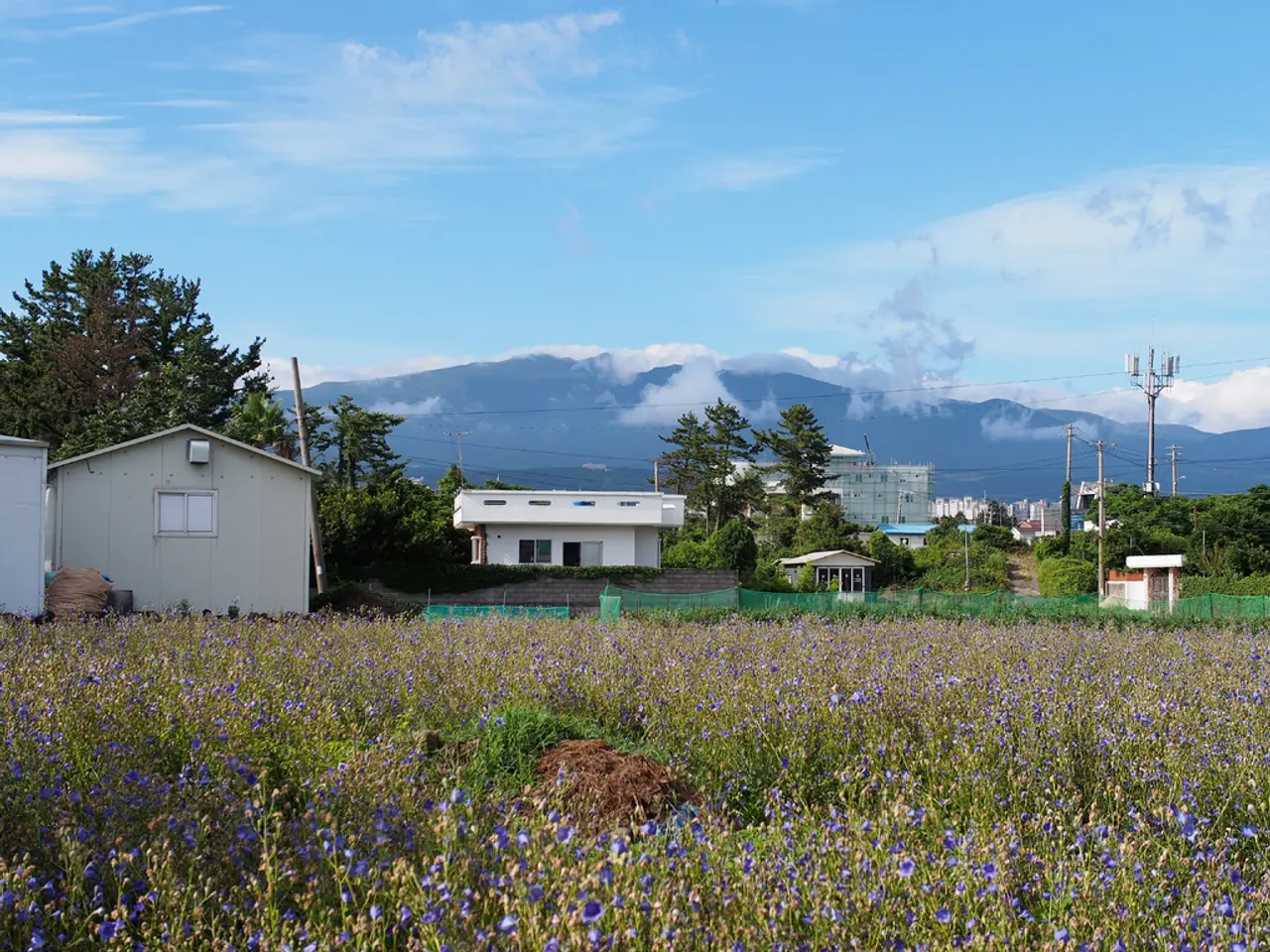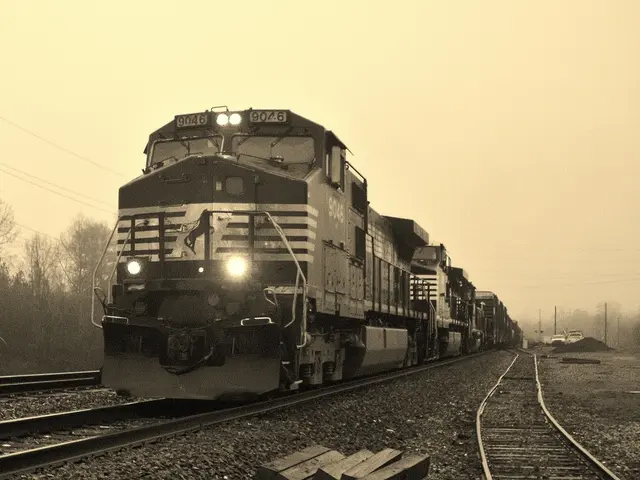U.S. Solar Industry Faces Major Shift as Aging Farms Approach Repowering
The U.S. solar industry is facing a significant shift as many solar farms approach the end of their original design lifespans. According to Wood Mackenzie, around 23 gigawatts (GW) of U.S. solar installations will require inverter replacements in the next five years.
This situation presents an opportunity for repowering - replacing aging components to extend operational lifetimes and enhance performance. This strategy is becoming increasingly significant, with upgrading existing sites costing 40-70 percent less than building new projects due to retained infrastructure like permits and grid interconnections.
Modern solar modules deliver up to 26 percent efficiency, a substantial gain from the typical 20 percent efficiency of older panels. Eddie Morato is leading a repowering project in the U.S. solar sector, involving companies such as Cypress Creek Renewables and their development and asset management teams.
However, repowering poses practical challenges. It relies on original documentation and requires scheduling partial downtime during upgrades. Despite these hurdles, given slower capacity growth and tangled permitting, repowering presents a compelling middle path for balancing economic layers and mitigating regulatory pressure.
As the U.S. solar fleet ages, repowering could become a mainstream strategy to preserve the momentum of solar growth. With significant cost savings and performance enhancements, it offers a practical solution for extending the lifespan of existing solar installations.








